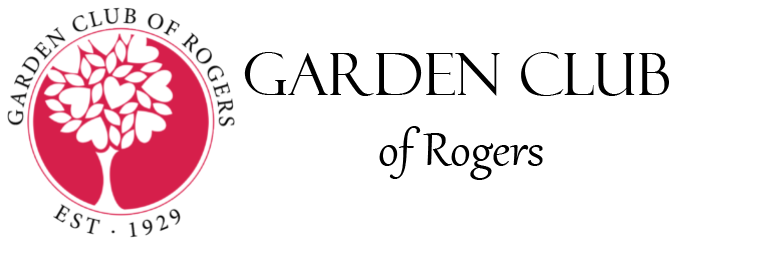May 2018
Sherrie Eoff
There is a subtle difference in light preference for a plant labeled “part sun” vs. one that says “part shade.” But, essentially, the two terms mean about the same thing.
Both “part sun” and “part shade” refer to a plant that prefers four to six hours of direct sun each day (best if it comes in the first half of the day). The terms are basically interchangeable.
When you see “part sun” used, the grower is stressing that the plant requires at least four hours of sun and will likely do better with closer to six hours.
When you see “part shade” used, the grower is stressing that the plant should not receive more than six hours of sun and will likely do better with less. That’s why often you’ll see a plant indicated for “part shade to shade” or “full to partial sun.”
A garden is considered full sun as long as it gets at least 6 full hours of direct sunlight. Full sun is probably the trickiest level of exposure because while many plants need full sun to set buds and flower, some cannot handle the intense heat and/or dry conditions that often come with that much sunshine. One way around this is to site these sensitive plants where they will get more morning sun, than afternoon. It’s cooler in the morning and as long as the plants get at least 6 hours of direct sunlight, they should grow well.
Dappled sunlight is similar to partial shade. It is the sun that makes its way through the branches of a deciduous tree. Woodland plants and under story trees and shrubs prefer this type of sunlight over even the limited direct exposure they would get from partial shade.
Full shade does not mean no sun. There aren’t many plants, other than mushrooms, that can survive in the dark. Full shade plants can survive on less than 3 hours of direct sunlight each day, with filtered sunlight during the rest of the day.
